NZ lamb goes to pot in China
Updated: 2014-02-07 09:18
(Agencies)
|
||||||||
|
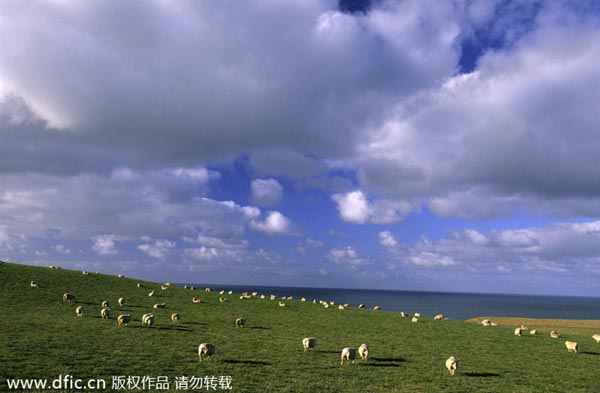 |
|
Sheep on lush paddlock in New Zealand.[Photo/icpress.cn] |
WELLINGTON - At a sprawling plant run by New Zealand's biggest meat processor, rows of lamb hang from meathooks on their way to a cutting room to be processed and shipped out in increasing quantities to China.
But instead of the French racks, legs and tenderloins prized by Western consumers, China is taking secondary cuts such as caps and flaps, heavily fat marbled and taken from around the belly of the lamb that were previously much cheaper or even destined for the pet food market.
When the cuts arrive in China, they are rolled, semi-frozen and sliced paper-thin, and sold to hot pot restaurants. The popularity of the traditional Asian shared dish, offering cost-conscious diners healthy, homegrown fare -- slivers of meat and vegetables served in a broth -- is giving McDonald's Corp , Yum Brands Inc and others a run for their money in China's $174 billion fast food market.
The explosion in demand for these secondary cuts helped drive New Zealand's sheepmeat trade to China to $550 million in 2013, up around fivefold from 2010, and a big boost for a farm sector that has seen sluggish demand from traditional markets in Europe.
More protein
China is the world's largest sheepmeat producer with a flock estimated at nearly 140 million in 2011, but output has been declining as farmable land shrinks due to urbanisation. Lamb has traditionally been consumed mainly in China's northeast, but a growing urban middle class in expanding cities wants more protein and has broader tastes.
A Mintel survey of 3,000 people in December found that almost two-thirds of respondents ate at least once a month at hot pot restaurants. Food safety scandals in China have also made meat imports from countries like New Zealand and Australia more attractive.
"If you look at the fundamentals for China, they have declining red meat supplies, and food safety concerns, so the key would be for Australian and New Zealand processors to be able to guarantee the supply chain," said Rabobank animal proteins analyst Matt Costello.
In 2012, China overtook France to become the world's largest sheepmeat importer.
"Once upon a time, nothing went to China, but now that's changed," said Phillip Hansen, plant manager at Alliance Group's meat plant in Levin, 90 km (55 miles) northwest of Wellington. "They're a big customer and we have to try and adhere to what they want."

 Chinese Lunar New Year gift from abroad
Chinese Lunar New Year gift from abroad
 Koreas reach out for family reunions
Koreas reach out for family reunions
 Storm to slam two-thirds of US
Storm to slam two-thirds of US
 Clowns gather for Joseph Grimaldi celebration
Clowns gather for Joseph Grimaldi celebration
 Thai caretaker PM urges protesters not to block voting
Thai caretaker PM urges protesters not to block voting
 Holy waters in Nepal
Holy waters in Nepal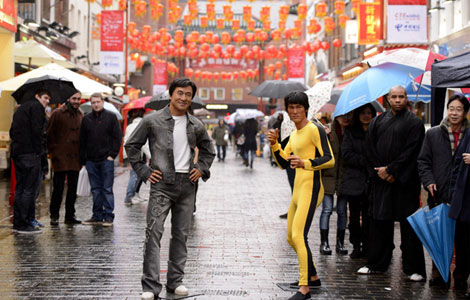
 Kongfu stars wax shine in London ChinaTown
Kongfu stars wax shine in London ChinaTown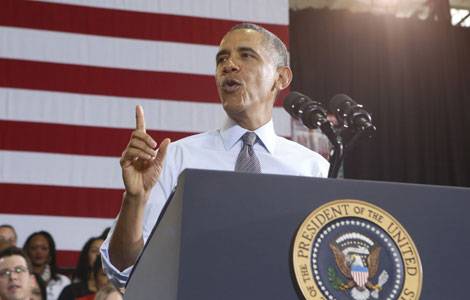
 Obama pushes minimum wage hike
Obama pushes minimum wage hike
Most Viewed
Editor's Picks

|
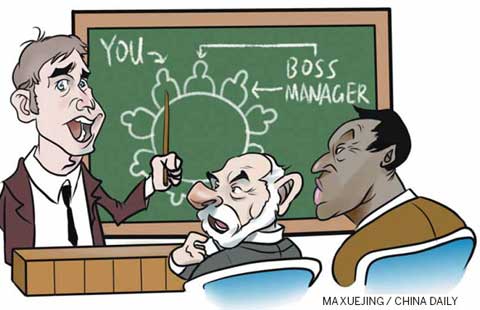
|
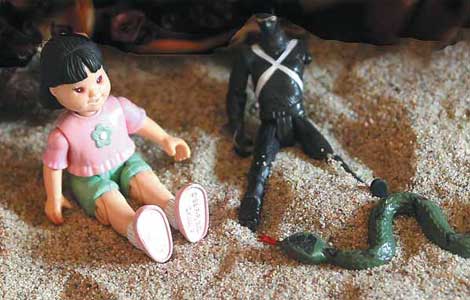
|

|

|
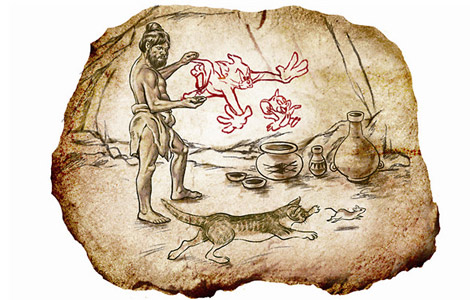
|
Today's Top News
Senate confirms Baucus as ambassador to China
Putin: Xi's visit a reunion
Xi leaves for Sochi ceremony Thursday
China to bid on troubled Brazilian dam project
Flying Tigers denounce Abe's visit
China's oil demand is growing
Schroeder accuses US of disrespect
US criticism over ADIZ unfounded
US Weekly

|

|




